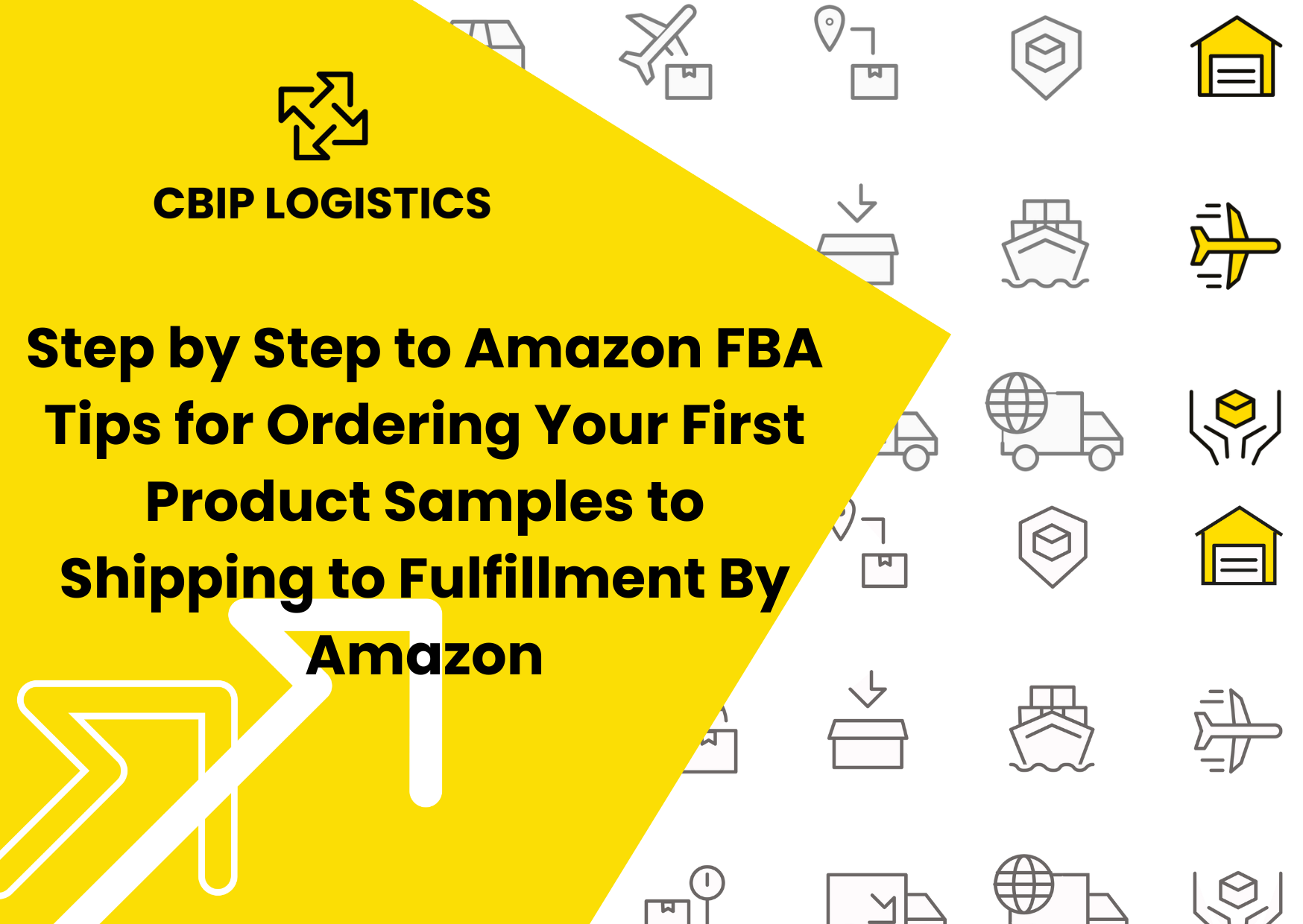Step by Step to Amazon FBA. Tips for Ordering Your First Product Samples to Shipping to Fulfillment By Amazon

But how do you know when you have found the right factory to produce your winning product? And how do you go about preparing that product for shipping to Fulfillment by Amazon?
The first tip I can give any beginner or experienced seller when entering the Amazon market with a new product is to not rush the due-diligence required. Not rushing the process ensures you’ve dotted the i’s and crossed the t’s.
Of course you can speed up the process, but there is a big difference between speeding up the process and still ensuring all the steps required are done in a satisfactory manner, and between skipping steps altogether.
What Are The Amazon FBA Steps That Smart FBA Sellers Take in Order To Minimize Risk and Error?
Factory Audit
A factory audit, which is done by a 3rd party company, ensures that not only the factory itself is legitimate, but also looks at the processes and procedures to establish its compliance according to internationally accepted standards.
Ordering Samples
When ordering samples it’s good practice to order from multiple suppliers, and to order more than the one sample from each supplier. Ordering multiple samples will allow you to actually compare the product to other factories. Without comparing you’ll never really know how good or bad that product is.
TIP: Order your competitors products online and compare them to your sample.
TIP: Ordering more than one sample from a supplier will let you see whether there is a consistency and quality issue between production of that product.
Labeling
Anyone that has sold anything through Fulfillment by Amazon knows the importance of correctly labeling your products. You’ll need to decide whether you'll use a UPC code or an Amazon FNSKU label. Affixing labels can either be done by your manufacturer, a third party company or even Amazon.
TIP: To save yourself some time and money on labeling, get your graphic designer to add the barcode as part of the product's packaging.
Pre-Shipment Inspection (PSI)
Getting the products you’ve ordered checked before shipping them out and paying the balance of your invoice is not only smart but absolutely necessary for FBA sellers.
This step requires a third party company to organize a time to visit the factory, usually when the products are at 80% completion.
TIP: Depending on the complexity of the product, it could be worth getting 2 or 3 PSI checks, one at 30%, 60% and 100% product completion. The first check could look over the materials being used to ensure that they’re to your specifications and standard.
Shipping
By this stage you should have it all figured out: your Amazon listings should be active and you should have already created your shipping plans within Amazon. You should also know the exact weight and measurements of the products being shipped and decided which marketplace you'll be selling in.
TIP: Depending on the size and weight of your products, it could be worth getting a quotation for both Air and Sea at the same time, as sometimes there could only be a few hundred dollar difference.
TIP: You could also look at getting a small amount of the inventory shipped by Air and send the remainder by sea. This will get your products in Amazon quicker, and would depend on your marketing strategy and marketing budget.
Another crucial point is to check your inventory limits with Amazon. Checking your inventory limits (aka how many units you can send into Amazon) will allow you to plan better when it comes to the amount of units your order, or selecting the right shipping or storage strategy.
The final Amazon FBA step by step point every FBA seller should know is whether or not the product you’re ordering is considered Fulfillment by Amazon’s terms as an oversized product. Knowing this alone will help you calculate the additional charges and inventory limit restrictions that come with that.
Hope you got value out of these Amazon FBA tips. If you’d like to keep up to date with articles just like this - go to samfawahl.com to register.






